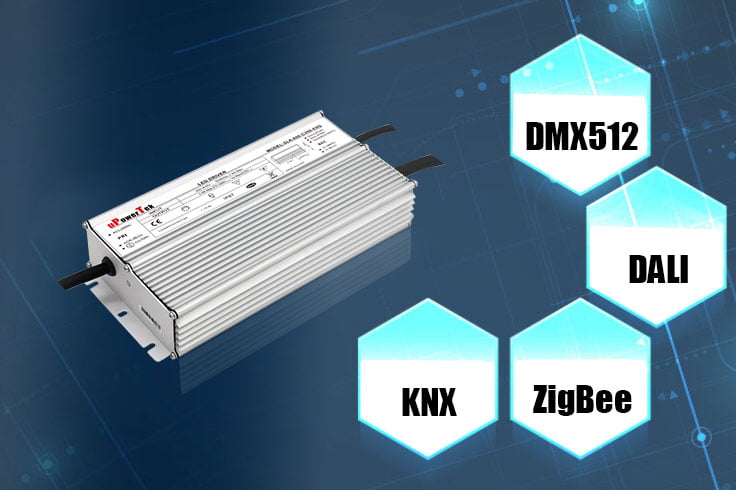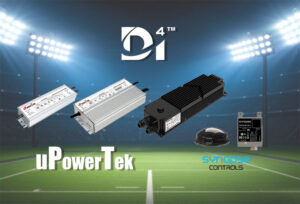There are several major smart control protocols for LED lighting that are widely used in the industry. These protocols provide a standardized way to control and communicate with LED lighting systems, allowing for greater flexibility and interoperability between different systems. Here are some of the major control protocols for LED lighting:
1.DMX512
DMX512 is a digital control protocol used to control lighting systems, including LED lighting. It uses a standard serial communication protocol to control individual light fixtures or groups of fixtures. DMX512 allows for the control of both the intensity and color of the light, making it ideal for applications such as stage lighting and architectural lighting. And RDM is now a second generation DMX with automatic addressing system.
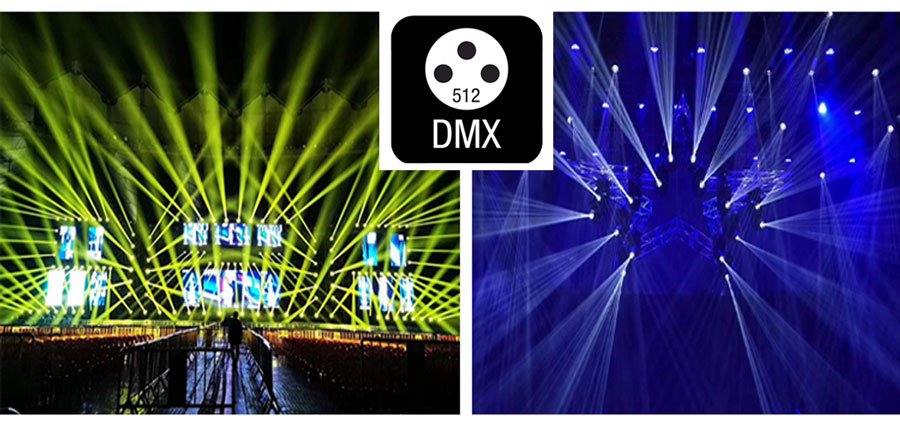
For more details please check links below.
https://www.upowertek.com/what-does-dmx-mean-in-lighting/
https://www.upowertek.com/dmx-dimming-waterproof-led-drivers/
2.DALI
DALI (Digital Addressable Lighting Interface) is a protocol designed for controlling lighting systems, including LED lighting, in commercial and residential buildings. It uses a two-wire communication system to connect lighting fixtures to a central control device, allowing for individual control of each fixture or group of fixtures. DALI is widely used in applications such as offices, hotels, and retail spaces. And DALI has been evolving fast and now DALI2 and D4i as the 3rd generation DALI devices are widely adopted in lighting systems.
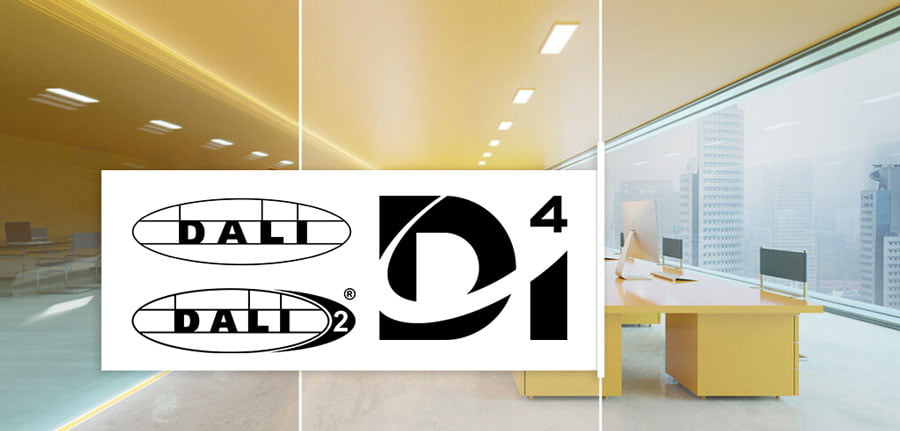
For more details please check links below.
https://www.upowertek.com/dali-guide-download/
3.ZigBee
ZigBee is a wireless control protocol that is widely used in home automation systems, including LED lighting. It uses a low-power wireless mesh network to connect devices, allowing for easy control and monitoring of lighting systems from a central location. ZigBee is widely used in residential applications such as smart homes and home automation systems.
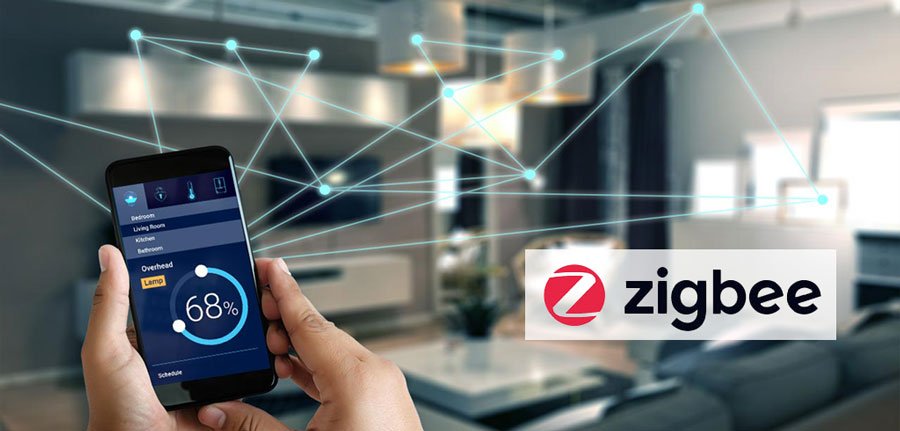
4.Bluetooth Mesh
Bluetooth Mesh is another wireless control protocol that is becoming increasingly popular in LED lighting systems. It uses a mesh network to connect lighting fixtures to a central control device, allowing for individual control of each fixture or group of fixtures. Bluetooth Mesh is ideal for applications such as residential and commercial lighting, as it provides a reliable and flexible control system.
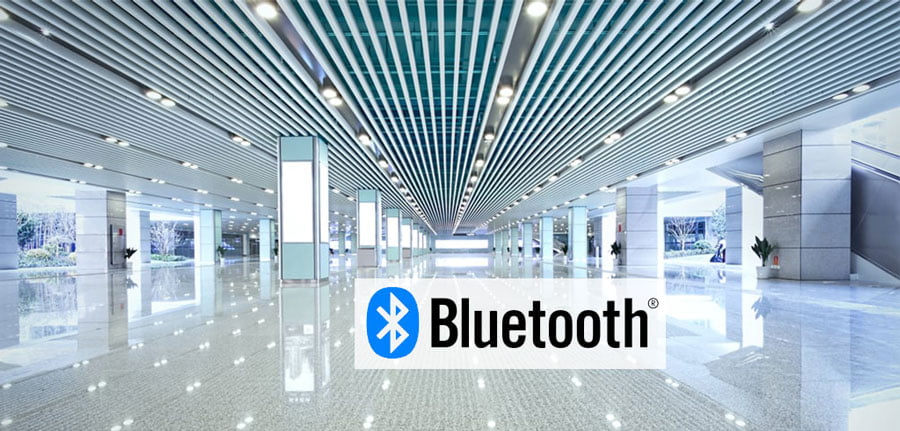
5.KNX
KNX is a protocol designed for home and building automation systems, including LED lighting. It uses a standard communication protocol to control lighting systems, allowing for easy integration with other building automation systems such as heating and air conditioning. KNX is widely used in applications such as smart homes, office buildings, and hotels.
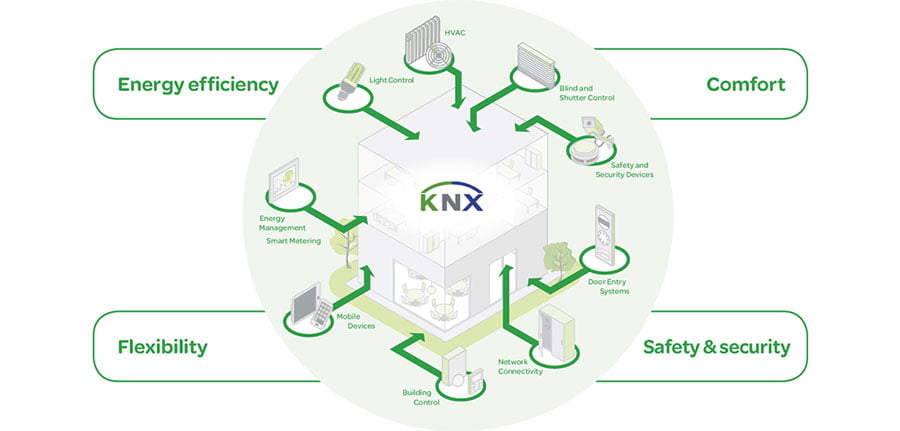
In conclusion, there are several major control protocols for LED lighting that are widely used in the industry. These protocols provide a standardized way to control and communicate with LED lighting systems, allowing for greater flexibility and interoperability between different systems. By understanding these protocols and their applications, lighting designers and manufacturers can create more advanced and effective lighting systems for a wide range of applications.

